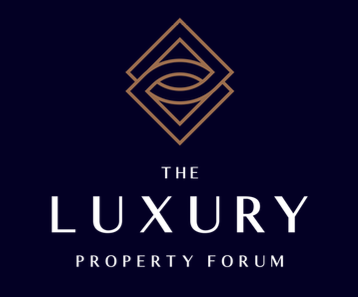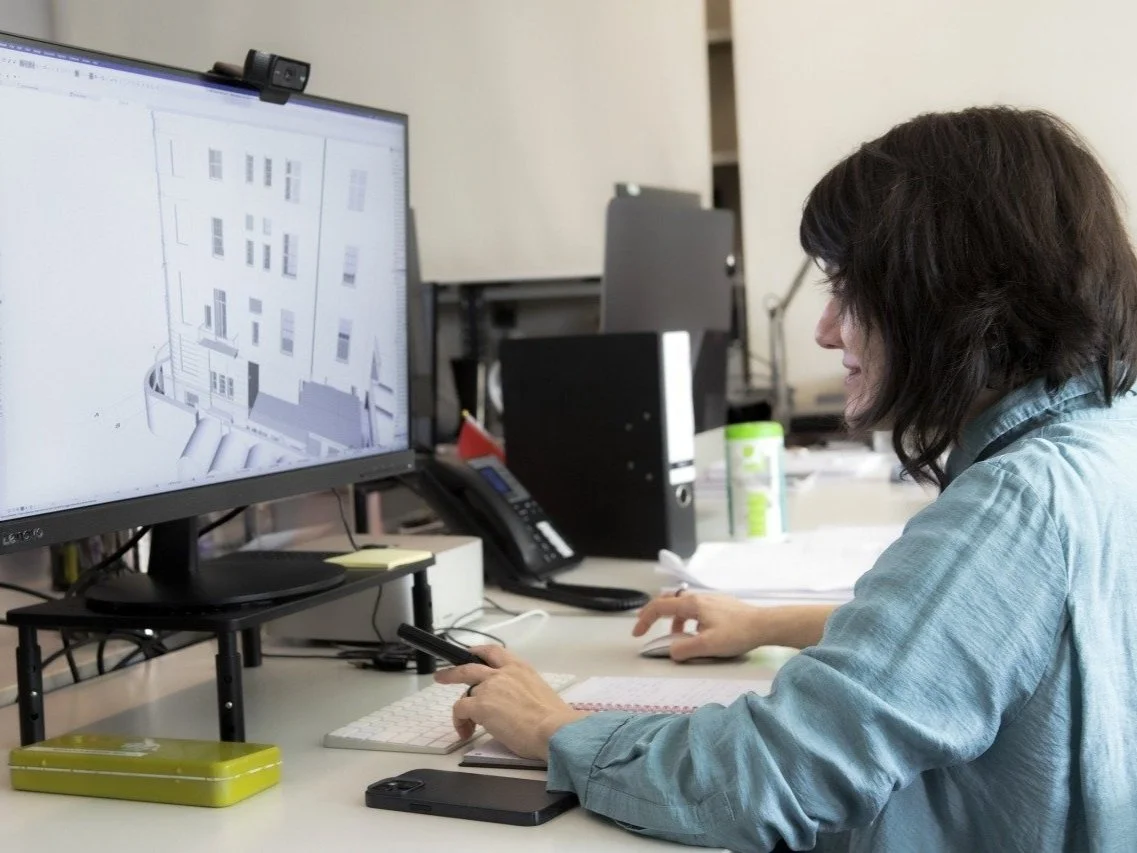AI & Luxury Construction: Insights from LA London
Last month, The Luxury Property Forum hosted a dynamic webinar exploring how artificial intelligence is shaping the future of the luxury property sector. The session brought together leading voices from real estate, interior design, home technology, and digital innovation to discuss AI’s growing influence on every stage of the super-prime lifecycle.
We’re delighted to spotlight this article by LPF member LA London, written by Associate & Quality Manager Miruna Stroe, who joined the expert panel to reflect on how AI is already transforming luxury construction and project delivery. In this piece, she shares her insights on where the industry stands now and where it’s heading next.
The panel featured expert contributors from UK Sotheby’s International Realty, Interiors with Art, Angel O’Donnell, Cornflake, Lightfield London, Property Platform, and Woven Agency, with LPF Founder & CEO Priya Rawal chairing the conversation and AI futurist Peter Swain delivering a compelling keynote. Together, they unpacked how AI is redefining everything from client experience and personalisation to workflow, risk management, and design innovation.
Below are Miruna’s reflections on how we currently use AI at LA London and its impact on the industry at large.
Improving efficiency
Miruna outlined the two main ways in which we use AI at LA London: firstly for visual exploration and secondly to improve efficiency. She observed that new tools are enhancing our design efficiency and creativity, emphasising how, as an industry, architecture has historically been quick to embrace new technology.
Our existing design software, Archicad, rapidly integrated an AI generation model based on Stable Diffusion. This allows us to quickly provide a range of conceptual images for our clients, enhancing them using tools like MidJourney and DALL-E.
On the efficiency front, AI has been integral to streamlining our workflows and supporting documentation. Miruna compared it to a very capable assistant who is always available. For example, we recently needed to evaluate a client’s fire strategy for a listed building in London, and ChatGPT provided a very smart comparison between ADB, the statutory guidance for Building Regulations, and BS:9991, the non-statutory British Standard.
Customising solutions
As with many businesses within the luxury property market, LA London works with HNWIs who expect a high degree of customisation. Before committing to a potentially expensive solution, clients like to explore multiple options.
AI allows us to fulfil this demand for customisation by providing fast and precise design iterations, experimenting with layouts, materials and spatial configurations.
Evaluating sustainability
Integrating real data information into the design phase also means we can more accurately evaluate energy efficiency or material sustainability to assess the environmental impact of our solutions.
Many AI tools that have been designed to assess a building’s environmental credentials are still at the experimental stage, but we are looking forward to following their development and using them once they become widely available.
Quality control
Asked how we evaluate and quality-check rapidly evolving systems and technology, Miruna explained that for every piece of planning documentation we produce, there is a person checking it. We don’t rely on automated output: we have a stringent quality-control process in place.
By way of example, Miruna mentioned LA Surveys, our own in-house surveying arm, which provides 3D measured surveys conducted by architects. For each AI-enhanced model we produce, there is verified data from the survey that grounds it in reality.
Ethical considerations
Our host Priya Rawal also asked Miruna about the ethical implications of AI in building design. Miruna acknowledged a fear around job stability, with architects concerned about being replaced as AI becomes more powerful.
However, she pointed out that similar fears existed around previous new software and technology like Archicad and BIM (Building Information Modelling). These tools didn’t diminish the number of architects required, just as AI optimises our output, but doesn’t replace human creativity.
Miruna also observed that luxury property design relies on an intuitive understanding of context and culture, as well as personal connections with our clients. We should treat AI not as a competitor, but as an extremely helpful assistant.






